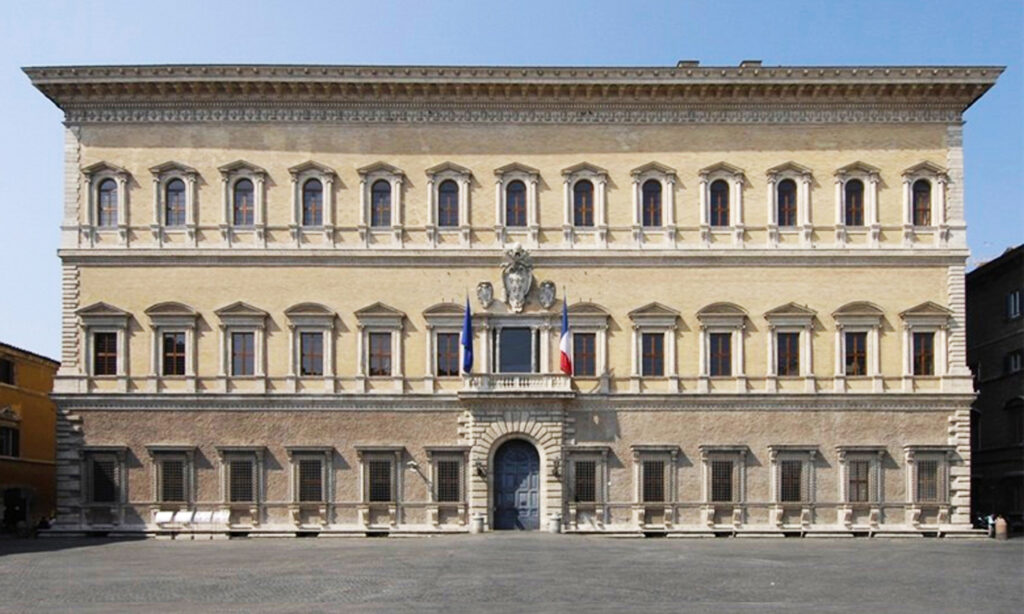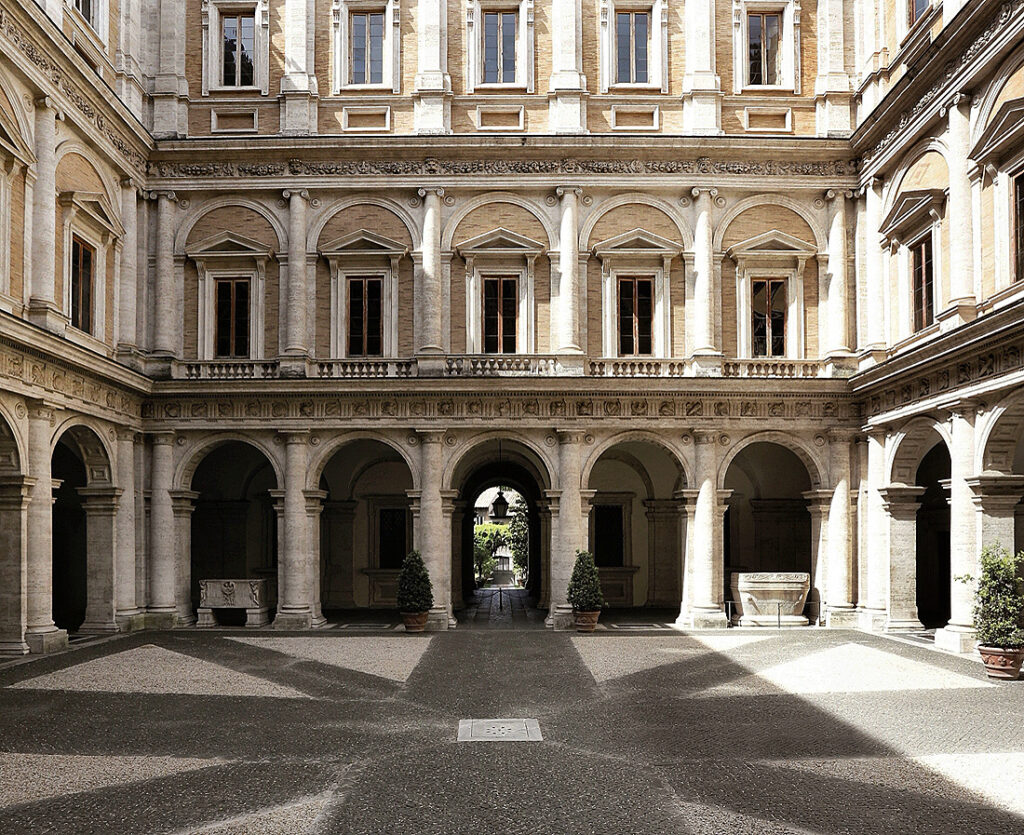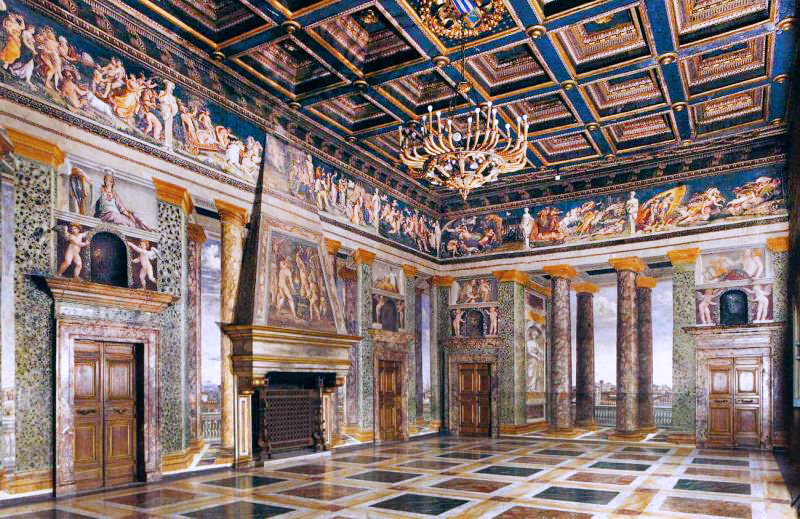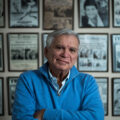taly is known for its beautiful palazzos and villas, many of which date to the 15th and 16th centuries. But although tourists flock to these architectural landmarks, few know the difference between the structures.
Prime examples found in Rome are the Palazzo Farnese and the Villa Farnesina. The structures are located within walking distance of one another, but are on opposite sides of the Tiber River. The former was first designed in 1517 for the Farnese family, who were minor nobles and landowners, primarily in Viterbo. All of that changed in 1534 when Alessandro Farnese became Pope Paul III, who undertook a major renovation of the palazzo.
The building’s history involved some of the most prominent Italian architects of the 16th century, including Michelangelo, Jacopo Barozzi da Vignola and Giacomo della Porta. Urban palazzos typically faced toward the street and resembled stylized versions of defensive castles. Normally, palazzos are rectangular in shape and enclose a courtyard. This massive palazzo and its facade still dominate the Piazza Farnese.


Pope Paul III employed Michelangelo to redesign and complete the third story and also revise the courtyard. In 1541, Michelangelo made the central window on the second floor into a balcony for the Pope, adding an architrave to give a central focus to the facade, above which is a large Papal stemma, the family coat-of-arms with a Papal tiara.
On the garden side of the palazzo which faced the river, Michelangelo proposed the construction of a bridge which would have linked the palazzo with the Farnese holdings on the opposite bank. Although never completed, remnants of a few arches are in fact still visible in the back of the palazzo towards Via Giulia.
Villa Farnesina was built for Agostino Chigi, a rich Sienese banker and the treasurer for Pope Julius II. It was completed in 1510, just a few years before Palazzo Farnese. He used architect Baldassare Peruzzi, also of Siena, for the design and construction. The multi-talented artist also painted many of the frescoes in the villa. Chigi commissioned frescoes by other artists including Raphael, Sebastiano del Piombo and Giulio Romano. The themes were inspired by the stanze of the poet Angelo Poliziano, a key member of the circle of Lorenzo de’ Medici. Best known are Raphael’s frescoes on the ground floor in the loggia, depicting the classical and secular myths of Cupid and Psyche and The Triumph of Galatea.
BUDDY’S BLOG 3/5/20 REGIONAL QUIZ
Intended to be less like a castle and more like an airy pavilion, villas were designed with a U-shaped plan. In the case of Villa Farnesina, it has a five-bay loggia between the side wings. In its original configuration, the main entrance was through the north facing loggia which was open. Today, visitors enter on the south side and the loggia is glazed.
The villa was acquired by the Farnese family in 1584 and was added to their existing property to become Villa Farnesina. Today the villa is owned by the Italian State and houses the Accademia dei Lincei, a long-standing and renowned academy of sciences. The main rooms of the villa, including the loggia, are open to visitors.
In 1874, the French government bought the Palazzo Farnese from the Italian government. Benito Mussolini informed France in 1936 that they could not own the historic palazzo, only rent it. The French government has since had a 99-year lease, which ends in 2035. It pays a token rent of only one euro per month. Unfortunately, since the palazzo houses the French Embassy, the hours for guided tours are quite limited. For tours in English, the hours are 4:00 pm to 5:00 pm on Mondays and the cost of the tour is several times more than the monthly rent.





